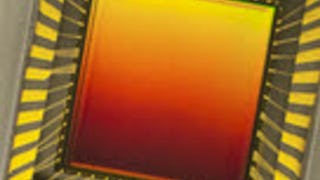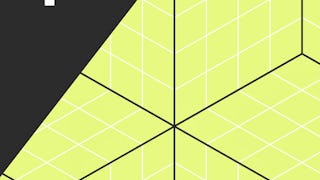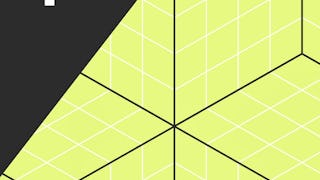Arduino senses the environment by receiving inputs from add-on devices such as sensors, and can control the world around it by adjusting lights, motors, and other actuators. In this class you will learn how and when to use the different types of sensors and how to connect them to the Arduino. Since the external world uses continuous or analog signals and the hardware is digital you will learn how these signals are converted back-and-forth and how this must be considered as you program your device. You'll also learn about the use of Arduino-specific shields and the shields software libraries to interface with the real world. Please note that this course does not include discussion forums.



Interfacing with the Arduino
This course is part of An Introduction to Programming the Internet of Things (IOT) Specialization

Instructor: Ian Harris
Access provided by Universiti Brunei Darussalam
125,130 already enrolled
(3,942 reviews)
Skills you'll gain
Details to know

Add to your LinkedIn profile
See how employees at top companies are mastering in-demand skills

Build your subject-matter expertise
- Learn new concepts from industry experts
- Gain a foundational understanding of a subject or tool
- Develop job-relevant skills with hands-on projects
- Earn a shareable career certificate

There are 4 modules in this course
In this module, you'll dive into the essential hardware design and wiring skills needed for building your own IoT devices. We'll cover the basics of passive electronic components and guide you through creating simple circuits on a breadboard. By the end, you'll confidently design and implement the electrical systems required to interface with sensors and actuators, bringing your automation projects to life!
What's included
10 videos2 readings1 assignment1 peer review
In this module, you'll master interfacing with sensors and actuators, the building blocks of automation and control systems. We'll explore different types, understand the essential circuitry for connection, and dive into the Arduino programming needed to communicate with them. By the end, you'll be able to make your Arduino projects interact intelligently with the physical world!
What's included
10 videos1 reading1 assignment1 peer review
Welcome to this module on Arduino software libraries! Here, you'll discover how powerful libraries simplify complex hardware interactions, making your programming journey smoother. We'll explore common libraries that enable you to effortlessly use hardware peripherals with your Arduino. By the end, you'll be able to integrate advanced functionalities into your embedded systems projects with confidence. Get ready to unlock new possibilities!
What's included
10 videos1 reading1 assignment1 peer review
Ready to expand your Arduino's potential? In this module, you'll explore Arduino shields, learning how these powerful add-on boards, combined with software libraries, extend your system's capabilities. You'll discover their construction and how to integrate them. Crucially, you'll learn to connect your IoT device to the Internet using both Ethernet for wired networking and WiFi for wireless connectivity, preparing you to build truly connected projects.
What's included
10 videos2 readings1 assignment1 peer review
Earn a career certificate
Add this credential to your LinkedIn profile, resume, or CV. Share it on social media and in your performance review.
Instructor

Offered by
Why people choose Coursera for their career




Learner reviews
3,942 reviews
- 5 stars
74.85%
- 4 stars
20.24%
- 3 stars
3.40%
- 2 stars
0.78%
- 1 star
0.71%
Showing 3 of 3942
Reviewed on Jun 7, 2017
If you are new or eager to learn about the Arduino, this course bring you up to speed. Though I played with Arduino little bit before this class, this class put me in right path.
Reviewed on Jul 10, 2020
The course needs a lot more additional lectures to complete the programming assignments. So only someone with pre-acquired knowledge will be able to complete the assignments (code)
Reviewed on Jul 18, 2022
It was an excellent course, I got a lot of information about Aduino, how it's work and how I can use it. I will join another course soon.
Explore more from Physical Science and Engineering

University of California, Irvine
¹ Some assignments in this course are AI-graded. For these assignments, your data will be used in accordance with Coursera's Privacy Notice.




